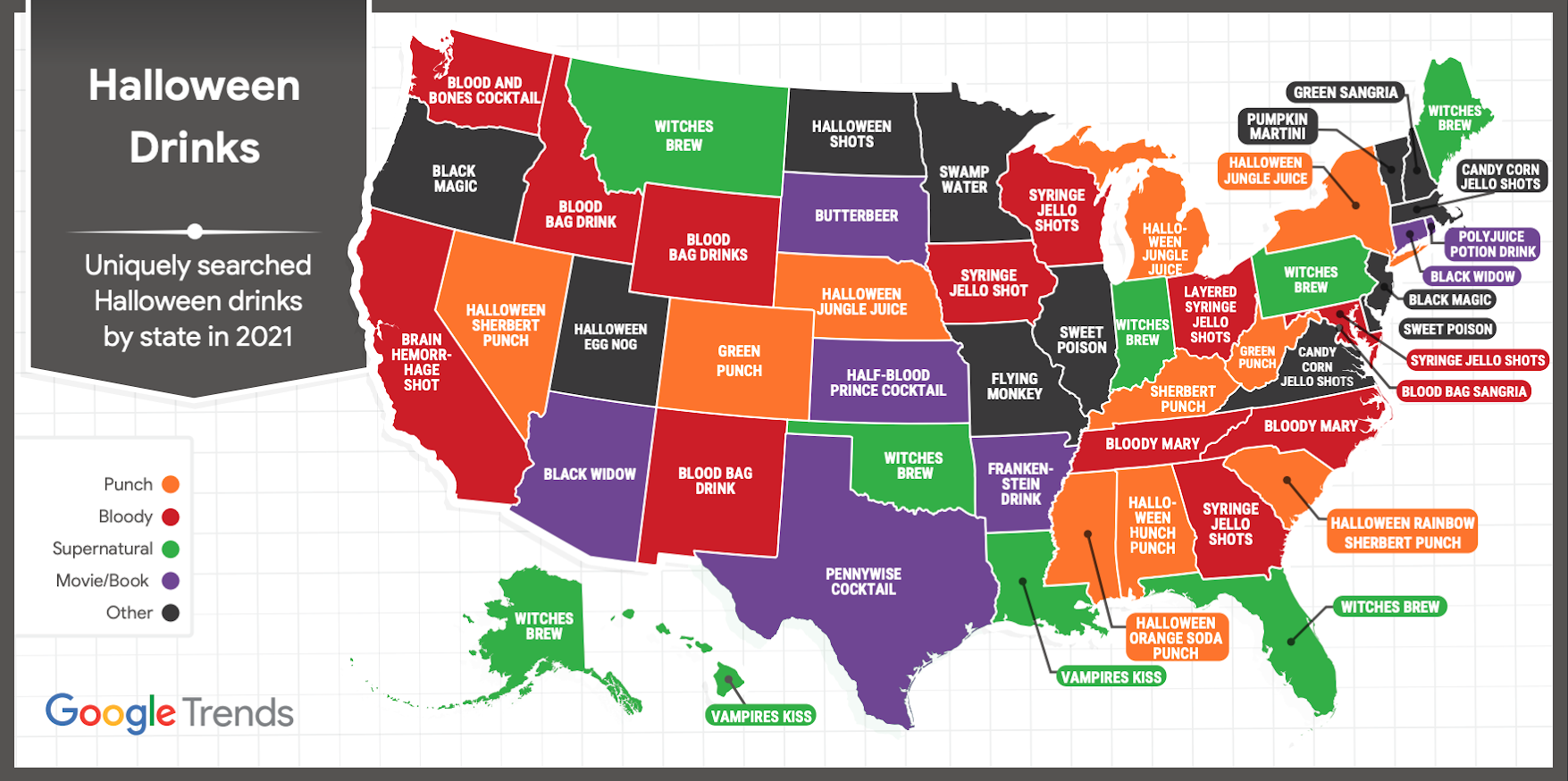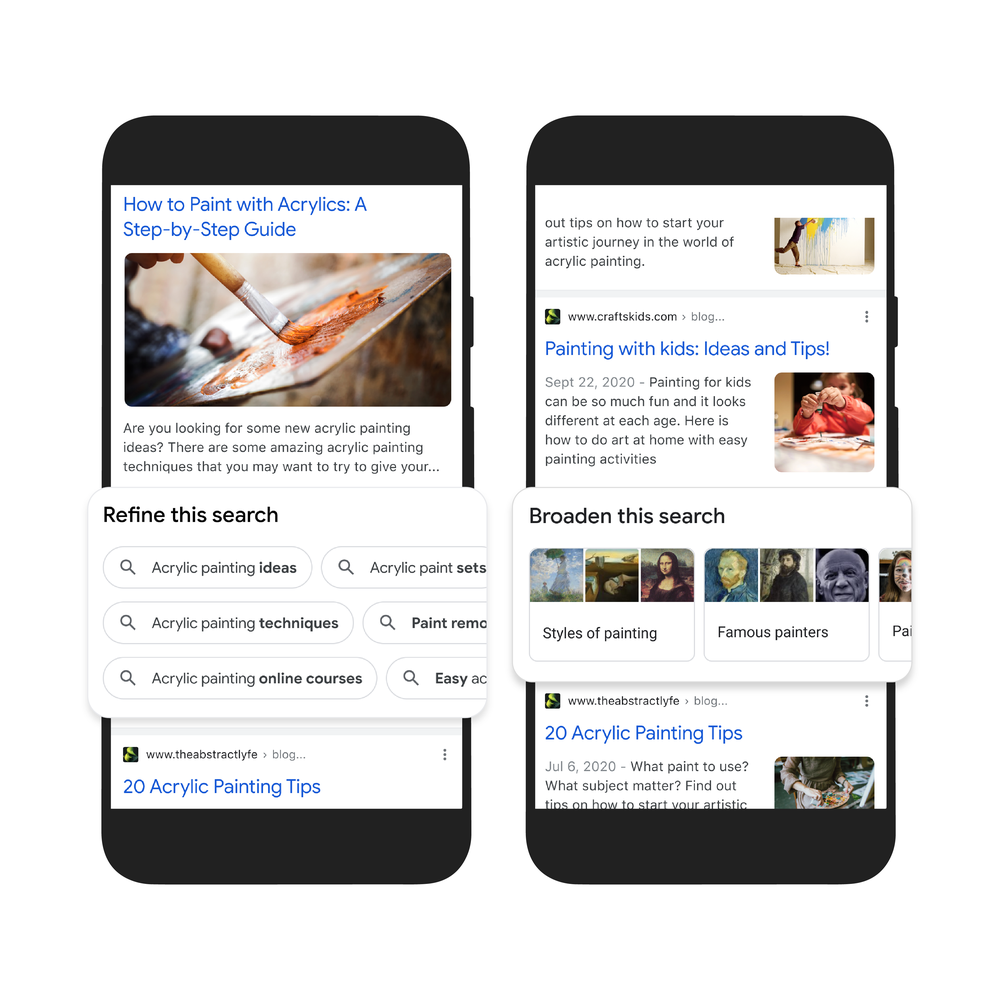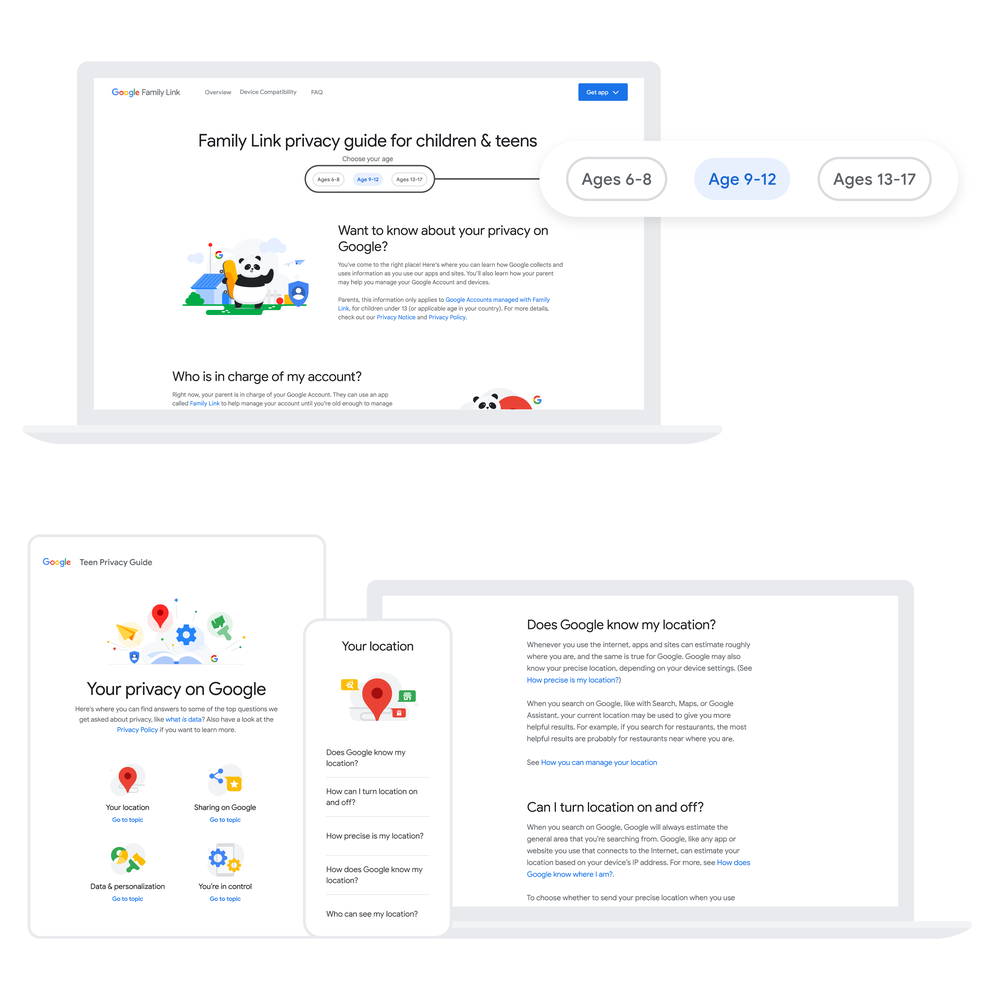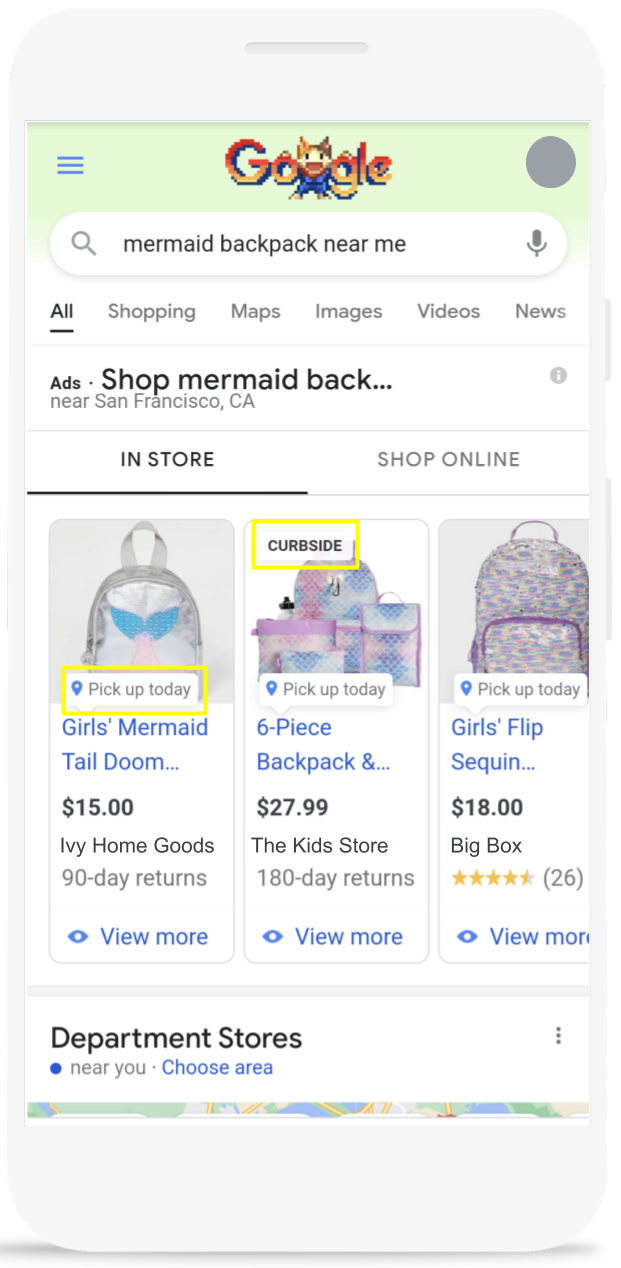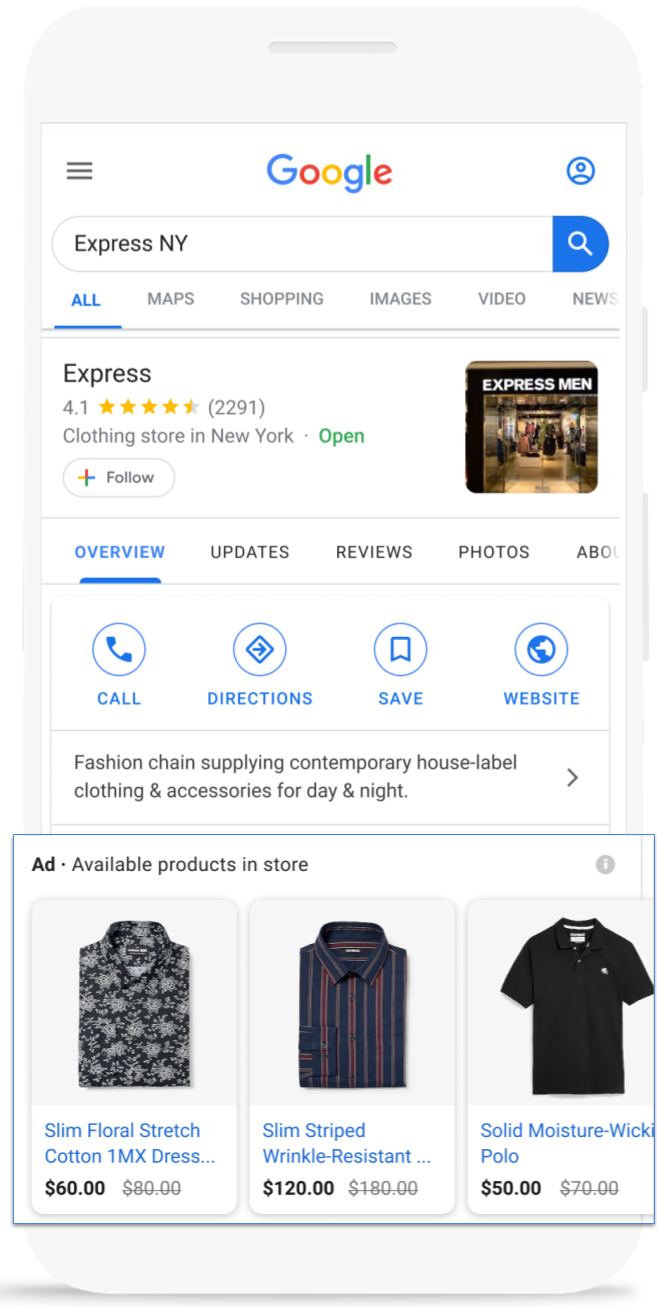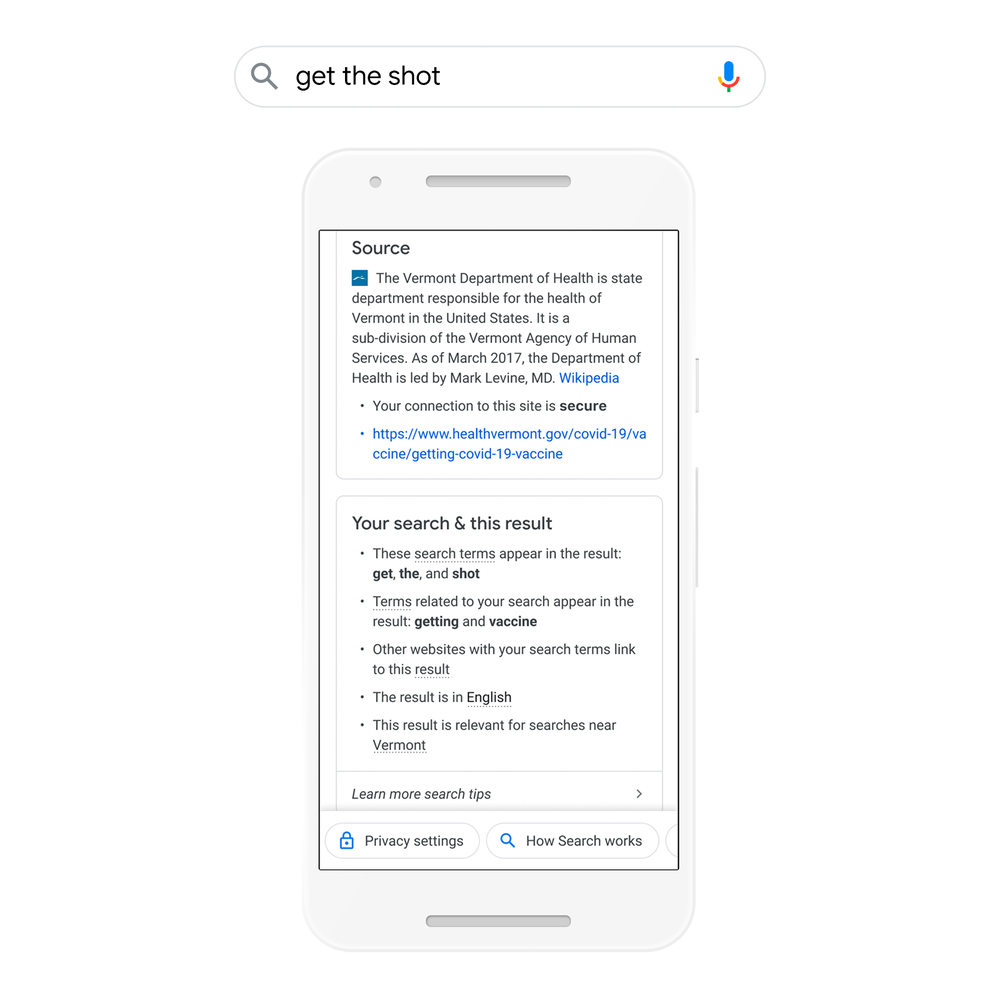It is no secret that Google knows the price you, your competitors, and even the shady third-party companies charge for your products or services. In some cases, you might even directly tell the company how much you charge through Google’s Merchant Center. So, it is reasonable to think that the search engine might also use that information when it is ranking brands or product pages in search results.
In a recent livestream, however, Google Webmaster Trends Analyst, John Mueller, denied the idea.
What John Mueller Has To Say About Price as a Google Ranking Signal
The question arose during an SEO Office-Hours hangout on October 8, which led to Mueller explaining that while Google can access this information, it does not use it when ranking traditional search results.
As he says in the recording of the discussion:
“Purely from a web search point of view, no, it’s not the case that we would try to recognize the price on a page and use that as a ranking factor.
“So it’s not the case that we would say we’ll take the cheaper one and rank that higher. I don’t think that would really make sense.”
At the same time, Mueller says he can’t speak on how products in shopping results (which may be shown in regular search results) are ranked.
Within shopping search results, users can manually select to sort their results by price. Whether it is used as a factor the rest of the time isn’t something Mueller can answer:
“A lot of these products also end up in the product search results, which could be because you submit a feed, or maybe because we recognize the product information on these pages, and the product search results I don’t know how they’re ordered.
“It might be that they take the price into account, or things like availability, all of the other factors that kind of come in as attributes in product search.”
Price Is And Isn’t A Ranking Factor
At the end of the day, Mueller doesn’t work in the areas related to product search so he really can’t say whether price is a ranking factor within those areas of Google. This potentially includes when they are shown within normal search results pages.
What he can say for sure, is that within traditional web search results, Google does not use price to rank results:
“So, from a web search point of view, we don’t take price into account. From a product search point of view it’s possible.
“The tricky part, I think, as an SEO, is these different aspects of search are often combined in one search results page. Where you’ll see normal web results, and maybe you’ll see some product review results on the side, or maybe you’ll see some mix of that.”
You can hear Mueller’s full response in the recording from the October 8, 2021, Google SEO Office Hours hangout below:

